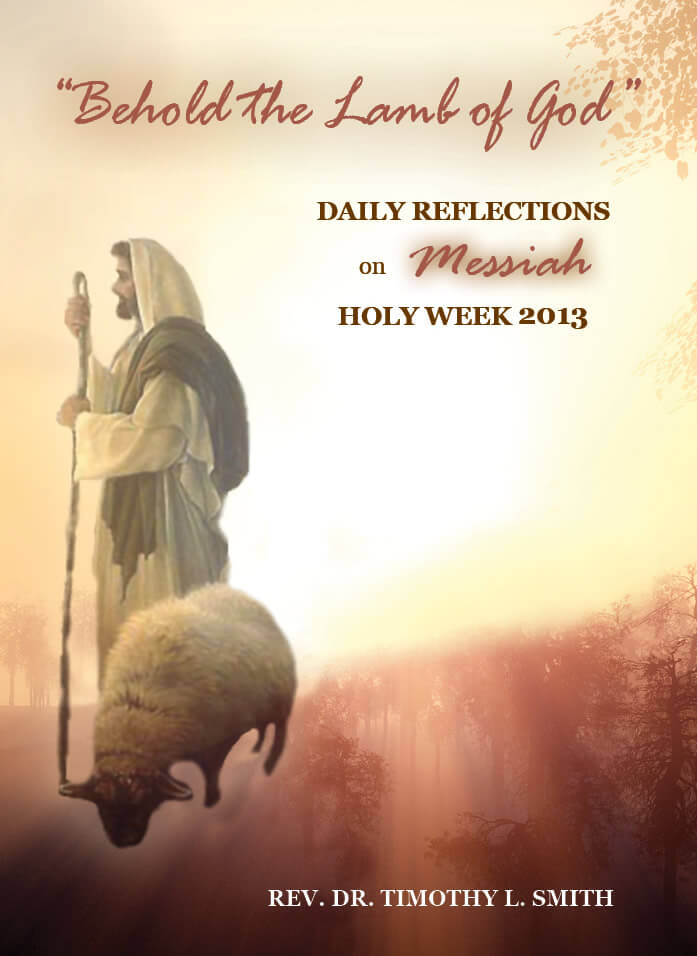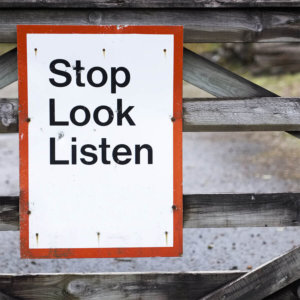As you read and reflect on today’s Holy Week devotional, please listen to these tracks from “Messiah”.
“Worthy is the Lamb that was slain, and hath redeemed us to God by His blood, to receive power, and riches, and wisdom, and strength, and honour, and glory, and blessing. Blessing and honour, glory and power, be unto Him that sitteth upon the throne, and unto the Lamb, for ever and ever. Amen.”
Revelation 5:12-14
TEXT
Here is the end, the goal, the destination, and yet the beginning. A door is opened into heaven, and through the Apostle John we are given a glimpse of all creation transfixed in endless worship. All attention is on the Lamb! Here is our “Passover Lamb” (I Corinthians 5:7), the “Lamb of God that taketh away the sin of the world” (John 1:29). He is the “Lamb that was slain, and hath redeemed us to God by His blood”.
The presence of the Lamb is overwhelming. Never has such music been heard! Never have so many raised their voices in praise of the Lamb and His finished work of redemption. Heaven cannot restrain itself as “at the name of Jesus every knee should bow…and every tongue confess that Jesus Christ is Lord”(Philippians 2:10-11). All heaven is awash with intensity and perfect peace as the Lamb has begun to reign.
The language of the Apostle John is baffled by heaven, as he seeks to describe for mortals what is beyond imagination. John sees and hears so many angels praising the Lamb that he cannot estimate the number. He can only say that there are “ten thousand times ten thousand, and thousands of thousands” falling down before the Lamb and praising:
Worthy is the Lamb that was slain to receive power, and riches, and wisdom, and strength, and honour, and glory, and blessing (Revelation 5:12).
The crescendo of praise swells as the angel choir is joined by “every creature in heaven, and on the earth, and under the earth, and such as are in the sea”. One by one all of creation is adding to the dynamic of praise, saying:
Blessing, and honour, and glory, and power, be unto him that sitteth upon the throne, and unto the Lamb for ever and ever. (Revelation 5:13).
Roger Bullard describes creation’s praise of the Lamb as a “feeble attempt of the created order to praise”. After all, what “riches” and “wisdom” and “might” has creation to offer to the Lamb! Are they not His already! And yet all creation burns with desire to praise Him.
Along with numberless angels and creatures praising the Lamb, there are four dazzling, resplendent beings that catch John’s attention. John sees them dwelling “in the midst of the throne, and around the throne” (Revelation 4:6). John does not know their order of angels, but describes them as having “six wings about him; and they were full of eyes within”. John says “they rest not day and night praising the One who sits on the throne” (Revelation 4:6, 8). He hears the four radiant, supernatural beings respond with “Amen” to heaven’s endless praise. Amen! Amen! In John’s native Hebrew language, “Amen” meant “truly, truly”.
Today we join our hearts and voices to say “Amen!” Truly, truly, He is the Lamb of God that takes away the sin of the world. And if the sin of the world, then why not your sin, and mine! While this oratorio is frequently called “Handel’s Messiah”, why not call it “Our Messiah”. Then we may joyfully, expectantly look forward to the eternal day when we raise our voices with the heavenly chorus in praise of the Lamb. Amen and Amen!
MUSIC
Musicologist Calvin Stapert describes the challenge to any mortal’s attempt to set heaven’s lyrics to music:
To say that it is a tall order to compose the music for this final chorus of Messiah would be a gross understatement. Suffice it to say that few could have succeeded as well as Handel did.
It is this stately piece, and not the “Hallelujah Chorus”, that is the fitting conclusion to Messiah. The presence of the Lamb is so electrifying that the sound of this chorus increases until we feel we are listening to the voices of “ten thousand times ten thousand, and thousands of thousands” praising Messiah. Handel calls here for full orchestra and choir so that we feel as though all creation is joining in worship of the Lamb. He leaves no one out.
In this chorus Handel keeps his eye, as usual, close to the Biblical text. He writes this as a three part chorus to reflect the three parts of Revelation’s hymn to the Lamb (Revelation 4-5). The first part of the chorus, “Worthy is the Lamb” is meant to suggest the voices of “ten thousand times ten thousand, and thousands of thousands” of angels praising the Lamb. The second part is the music of “every creature” joining to sing “Blessing and honour, glory and power”. The third part is the four radiant creatures responding with the resonant “Amen”. Handel wants the three parts to sound like the swelling, endless chorus of praise to the Lamb.
The first part, “Worthy is the Lamb” is the introduction, sung at a majestic, slow tempo. There follows a quicker tempo, strong and appropriate to the words: “to receive power, and riches, and wisdom, and strength, and honor, and glory, and blessing.”. Each word of the blessing is accentuated by all four vocal parts to emphasize the supreme worthiness of the Lamb.
The second part swells the chorus with “Blessing and honor…” which is written as a fugue. A fugue (somewhat similar to a children’s round) introduces a theme which is then picked up and repeated by successive voices. The “Blessing and honor…” is picked up again and again, sounding like the many voices of creation building the praise.
Although Handel could not add numbers to the choir, the fugue does suggest the numbers growing in size. We are listening to the sound of voices piling on voices, swelling heaven’s chorus. The voices and instruments join in a stunning climax, singing and playing “for ever and ever, for ever and ever, for ever and ever…”
The third section is the four voice parts representing the four living creatures declaring their eternal “Amen”. This is also written as a fugue, beginning with the first voice part stating the theme, “Amen”, and supported by the strings. The initial theme is followed by the successive voice parts representing the four creatures responding in turn: “Amen”. The music line soars from its lowest notes at the beginning to a full octave higher at the end, as the praise of all creation rises to the throne.
No voice can remain silent and leave the “Amen” to the four dazzling creatures. Until the end all the voices swell toward the slow, dramatic pause, setting up the final: “Amen…Amen!”
PRAYING MESSIAH
- What do you sense that God might be saying to you in today’s Scripture text and music from Messiah?
- What do you want to say to God?
- Now take a few moments to be still in God’s presence.



